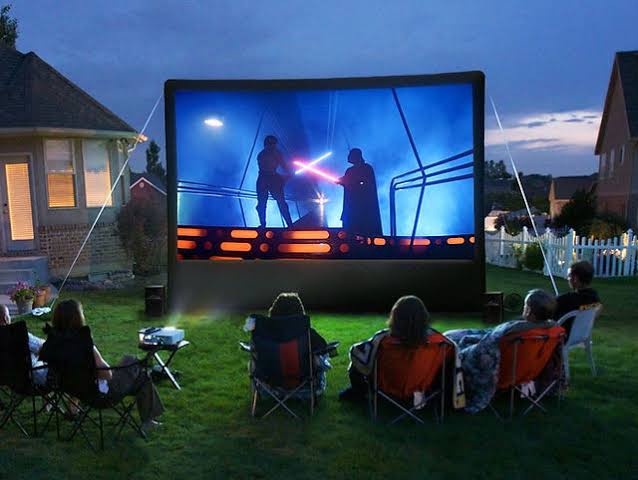
Why LED Screens Are Superior to Projector Screens?
The evolution of display technology has transformed the way we interact with visual content. In recent years, getting LED screen hire have gained immense popularity and have become the go-to choice for various applications. While projector screens have been widely used for decades, LED screens have emerged as a superior alternative, offering numerous advantages over their traditional counterparts. In this article, we will explore why LED screens are better than projector screens across multiple aspects, including image quality, versatility, durability, and cost-effectiveness.
- Superior Image Quality:
One of the most significant advantages of LED screens over projector screens is their superior image quality. LED screens deliver vibrant, sharp, and high-resolution images that offer exceptional visual clarity. Unlike projector screens, LED screens produce their own light, resulting in better contrast ratios, deeper blacks, and more accurate colors. LED screens provide consistent brightness across the entire display, eliminating the issues of image distortion and hotspots that are common with projector screens. Whether it’s a bright room or a dark environment, LED screens ensure excellent visibility and visual impact.
- Versatility:
LED screen offer unmatched versatility in terms of usage and installation options. Unlike projector screens that require a separate projector unit and a dedicated space for installation, LED screens come in various sizes and form factors, making them suitable for different applications. LED screens can be seamlessly integrated into walls, curved surfaces, floors, and even outdoor environments. They can be customized to fit specific dimensions, offering flexibility in design and creating immersive visual experiences. LED screens also provide better viewing angles, ensuring an optimal viewing experience for a larger audience.
- Durability and Reliability:
LED screens are designed to be highly durable and reliable, outperforming projector screens in terms of longevity. Traditional projector screens are susceptible to wear and tear, requiring regular maintenance and replacement. LED screen, on the other hand, have a longer lifespan and are built to withstand demanding environments. LED technology is resistant to damage from vibrations, making them ideal for public spaces, transportation systems, and interactive installations. LED screens are also energy-efficient, consuming less power compared to projectors, resulting in cost savings and reduced environmental impact.
- Cost-effectiveness:
While LED screens may have a higher upfront cost compared to projectors, they offer long-term cost-effectiveness. Projector screens require additional equipment, such as projectors and mounting systems, which can add to the overall expense. LED screens, once installed, require minimal maintenance and have lower operational costs. They have a longer lifespan, reducing the need for frequent replacements. Additionally, LED screens consume less energy, resulting in reduced electricity bills. When considering the long-term benefits and savings, LED screens prove to be a more cost-effective solution.
Conclusion:
Getting LED screen hire have revolutionized the display industry, offering numerous advantages over traditional projector screens. With their superior image quality, versatility, durability, and cost-effectiveness, LED screens have become the preferred choice for a wide range of applications, including advertising, entertainment, education, and events. While projectors still have their place in certain scenarios, LED screens provide an immersive and visually stunning experience that simply cannot be matched. As technology continues to advance, LED screens will likely become even more affordable and accessible, further solidifying their position as the future of visual display.







